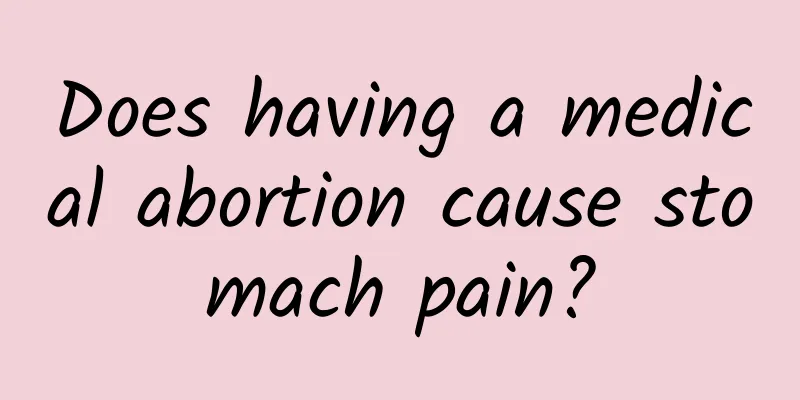Is it good to do pit and fissure sealing?

|
Fissure sealant refers to the use of pit and fissure sealant materials to apply to the occlusal surface of the crown and the pits and fissures on the buccal and lingual surfaces without damaging the tooth tissue. This can form a protective barrier to prevent the growth of bacteria and prevent tooth erosion, thereby achieving the effect of preventing and treating caries. Generally, young children are more likely to undergo pit and fissure sealant. Of course, there are both advantages and disadvantages, and we need to look at the specific details. What is pit and fissure sealing? Pit and fissure sealant refers to a method of preventing pit and fissure caries by applying pit and fissure sealant materials to the pits and fissures of the occlusal surface and buccal and lingual surfaces of the tooth crown without damaging the tooth tissue. When the sealant flows into and penetrates the pits and fissures, it solidifies and hardens to form a protective barrier covering the pits and fissures, which can prevent caries-causing bacteria and acidic metabolites from eroding the tooth, thereby achieving the goal of preventing pit and fissure caries. Pit and fissure sealing is a painless and non-traumatic method that has been used internationally for more than 50 years. To put it simply, it is to put on "protective clothing" for the baby's teeth to prevent bacteria and other factors from eroding the teeth, in order to avoid the occurrence of caries. Is it good to do pit and fissure sealing? No need to remove tooth tissue, close the pits and fissures of teeth, and eliminate the "hiding place" of bacteria; It only takes a few tens of minutes to complete, reducing or even eliminating the retention of food debris, cutting off the "logistics support" of bacteria, causing them to "starve to death". Without a material basis, they cannot survive and reproduce. There is absolutely no pain, because the pit and fissure sealant contains fluoride ions, which will be continuously released to enhance the ability of our teeth to resist caries; The shedding rate is extremely low, it is safe and harmless, and it transforms the uneven tooth surface that is prone to dirt accumulation and difficult to clean into a smooth, flat and easy-to-clean surface, making cleaning easier. Why do children need to undergo pit and fissure sealing? 1. New permanent teeth are the ones that are most suitable for pit and fissure sealing, because children are young and cannot brush their teeth as carefully as adults. 2. Children generally like to eat sweets, soft foods, and sticky foods, which are easy to stick to their teeth 3. The newly erupted teeth of young children are not yet completely calcified, so they are more easily eroded and decayed. Pit and fissure sealing gives new teeth a new coat and protects them from harm. The best time to do pit and fissure sealing There are many uneven pits and grooves on the large teeth in our mouths, and the function of these pits and grooves is to help us chew food. Therefore, these pits and fissures are relatively deep, making it easy for bacteria to accumulate, which can cause the teeth to be damaged easily. Therefore, the role of pit and fissure sealing can protect teeth from erosion by food and bacteria, thereby enhancing the ability of teeth to resist caries. The sixth molars are the most important teeth responsible for chewing functions. They will generally erupt completely when the baby is 7-8 years old. If you do not pay attention to protection at this time, it will easily lead to caries in the baby's teeth. Therefore, this stage is the best age for pit and fissure sealing. Generally speaking, the ideal sixth-year molars should be treated three times: once for the deciduous molars when the baby is 3-4 years old, once for the sixth-year molars when the baby is 6 years old, and once for the bicuspids and second permanent molars when the baby is 12 years old. However, if parents find it troublesome, they should at least seal their baby's sixth-year molars when the baby is 6 years old. What should not be done? Pit and fissure sealing can only prevent tooth decay, but cannot treat tooth decay. Because if you do not treat tooth decay and directly perform pit and fissure sealing, the bacteria in the carious area will still survive and multiply, making the caries become more and more serious. Therefore, if you want to do pit and fissure sealing, you must do it after treating caries through filling methods. |
<<: Asthma in 3 months of pregnancy is a boy
>>: The pros and cons of pit and fissure sealing
Recommend
Why does my stomach bloat when I drink water?
With the improvement of living standards, people&...
How long does it take for a shoulder dislocation to heal?
When the shoulder joint is dislocated, it should ...
What causes numbness in hands and feet?
With the influence of work and life pressure, man...
Can you do cupping on your face?
Cupping looks scary in the eyes of many people be...
Scallions can strengthen yang, and there are four benefits of eating scallions
For male friends, if they want to strengthen thei...
The most disgusting myiasis in history
The following content may make you feel physicall...
What to do with sublingual varicose veins
Sublingual varicose veins are relatively common i...
Why do underwear turn yellow?
For some women, sometimes they will find that the...
How to eliminate breast edema
In daily life, breast edema is quite common. Ther...
What kind of inflammation is viral hepatitis?
Liver disease is a very terrible series of diseas...
What are the methods for making Chinese medicine meatballs?
Traditional Chinese medicine is an increasingly po...
What to do if bitten by a dog
In today's society, more and more people keep...
Are sea cockroaches edible?
Can sea cockroaches be eaten? What are the functi...
What medicine should I take after childbirth to shrink my uterus?
The reason why a small number of women are afraid...
What to do if your mouth hurts after eating preserved eggs
Some people find that their mouths hurt when they...









